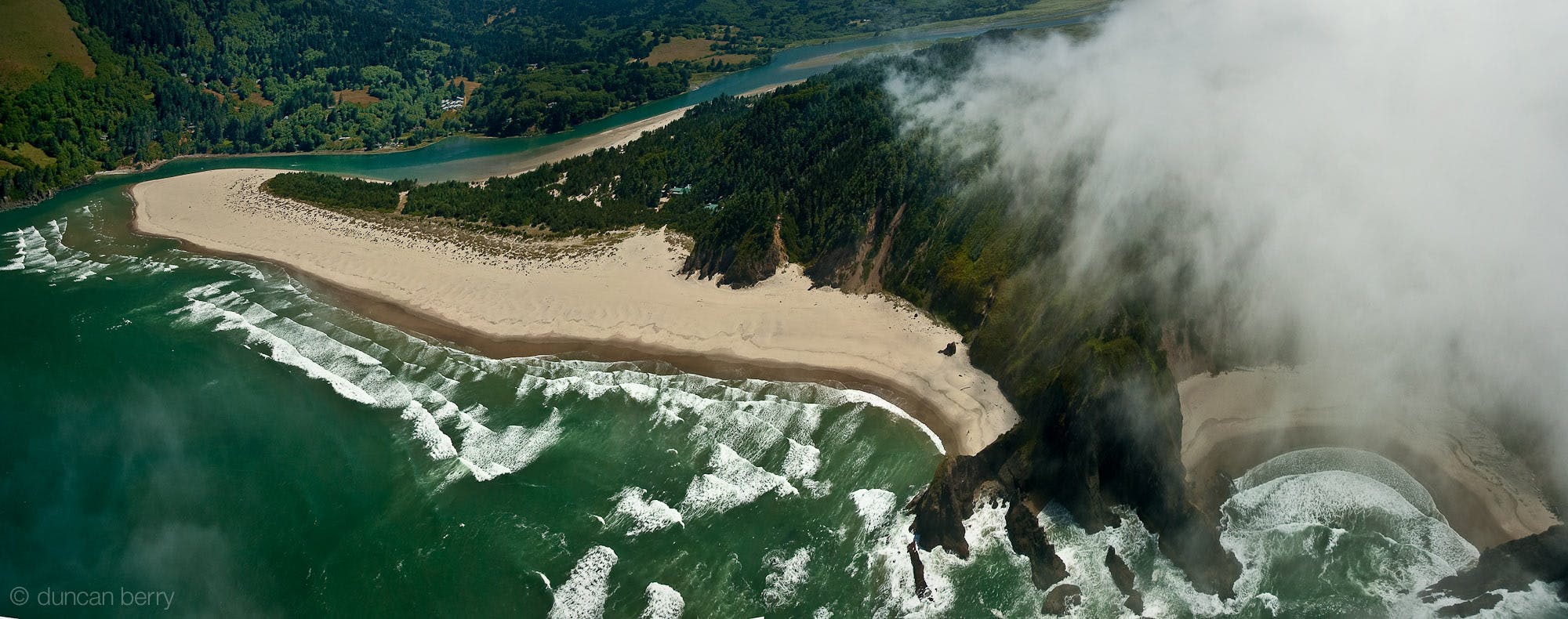
Salmon Drift Creek Watershed Council

The Salmon Drift Creek Watershed Council’s mission is to promote the protection or restoration of healthy fish and wildlife resources, water quality, water quantity, and overall watershed health. They assess the condition of the watershed and determine restoration strategies, and then implement the projects and monitor the results.
Because of this work the SDCWC, with the support of their volunteers, partners, and funders collects water quality data throughout the watersheds in our boundary. These include the Salmon River, Devils Lake, Drift Creek, and Schooner Creek and their tributaries. The outfall for each of these water bodies is ultimately the Pacific Ocean. This means impacts to the beach water quality may be a result of upstream activities. The monitoring this organization does includes collecting information on bacteria, temperature, dissolved oxygen, conductivity, and turbidity. They have created the baseline of data for evaluating the health of these systems and the potential need for restoration. SDCWC’s program is currently supported by the Oregon Watershed Enhancement Board, Oregon Department of Environmental Quality, Surfrider Blue Water Task Force, and Neighbors For Kids in Depoe Bay, Oregon where the bacteria lab is located.
Phone: (541) 996-3161
Email: contact@salmondrift.org
Facebook: @salmondriftWC
Twitter: @SalmonRvEstuary